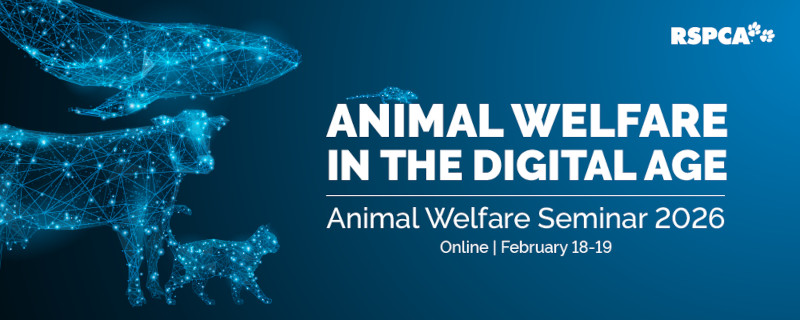For cows to produce milk, they have to give birth to a calf. Most dairy calves are separated from their mother within 24 hours of birth to reduce the risk of disease transmission to the calf, and most do not stay on the farm for long.
The term ‘bobby calves’ refers to newborn calves that are less than 30 days old and not with their mothers. Essentially, they are surplus to dairy industry requirements as they are not suitable or required for the milking herd. This applies to all bull calves (males) and about one quarter of heifer calves (females) born each year. And, each year, at least 400,000 of these bobby calves are destined for slaughter.
Some calves will be reared for veal and about three quarters of the heifers will become replacements for adult milk-producing cows. Heifer calves may also be reared and then exported to dairy farms overseas. Bobby calves may also be killed on farm. This may be done using a captive bolt device or blunt force trauma. Blunt force trauma is not acceptable for killing young calves due to the calf’s skull being too hard to achieve immediate unconsciousness through destruction of brain tissue. Blunt force trauma relies on correct and effective application each and every time for it to be humane. Operator fatigue and unreliability are a serious welfare issue for the animal concerned, while persons carrying out blunt force trauma also find it unpleasant.
Bobby calves destined for slaughter are housed together on farm and fed colostrum, milk or milk replacer, usually only once a day. Bobby calves, because of their low value, often do not get the same standard of housing, cleanliness, care or attention as the valuable replacement heifers or the calves being reared for veal or beef. For their health and welfare, bobby calves should be fed at least twice a day with sufficient quantity of milk and be housed in sheltered, clean and dry environments with room to lie down on suitable bedding.
Transport requirements for bobby calves state that they must be at least five days old before they can be transported to the abattoir. Because they are so young, bobby calves have the following specific animal welfare issues when they are being transported to slaughter:
- Like all young animals, they have underdeveloped ‘following’ behaviour, which means that they do not stay together as a group and move to where they are supposed to go. This makes moving and loading/unloading difficult and can lead to rough handling.
- They are too young to handle the stress, motion and length of transport.
- During transport and at calf sales, they are exposed to the elements, are not provided with bedding and often have little room to lie down.
- They are too young to be without milk for extended times.
Calves should be handled humanely at all times so they do not become injured or distressed. This means no rough handling, prodding, use of dogs or electric prodders.
Once at the abattoir, young bobby calves are penned (usually overnight) to await slaughter first thing in the morning. All this time they will not have access to liquid feed, they will not be provided with bedding and they will be without their mothers.
Products from processed bobby calves include young veal for human consumption, valuable hides for leather, calf rennet for cheese making, and byproducts for the pharmaceutical industry.
The RSPCA believes that bobby calves should be at least 10 days old and be fed at least four hours before being transported. Transport to the abattoir should be no more than 10 hours and in trucks that have protection from the elements, bedding and enough room for all calves to lie down.
To avoid or reduce the welfare concerns relating to bobby calves, the RSPCA position is that if bobby calves cannot be euthanased on farm (to avoid the welfare issues associated with handling and transport), they should be at least 10 days old before being transported off farm and then slaughtered within 12 hours of last feed.
Raising excess dairy calves for veal or beef is one way in which the value of an animal that would otherwise be destined for slaughter at five days old can be increased. By increasing their value and providing an alternative market, there is real potential to improve the welfare of bobby calves.

